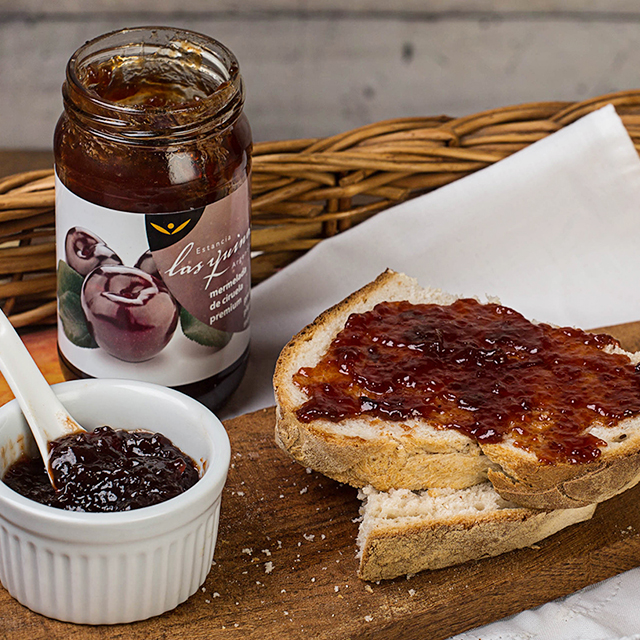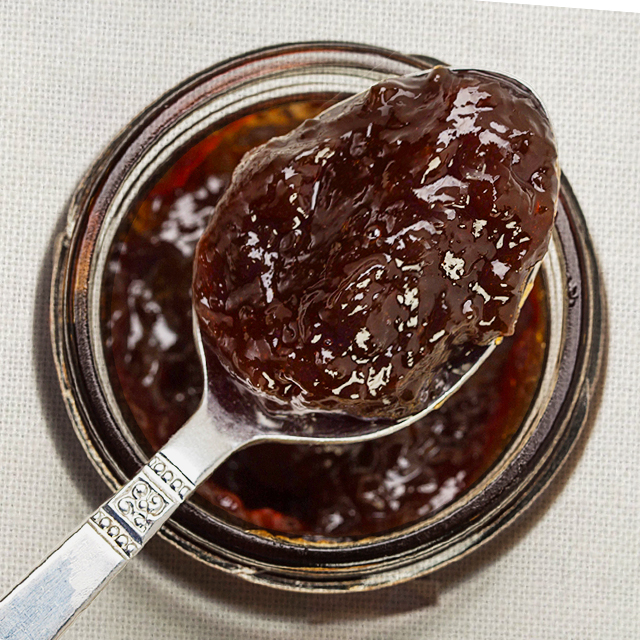

For our marmalade we got inspired by the traditional english recipe.
We use Navel Washington oranges.
We take care of peeling them thinly, to only take the orange part, which is the most delicious part, and we cut it into small pieces. We squeeze them and with an artisanal method, we thicken the juice using the seeds to gelify it. A little bit of sugar and we have a fresh and tasty marmalade.



Our peach marmalade is a homage to one of the most delicious fruits: the peach . We love its taste and texture.
We sometimes don't take into account the natural benefits it brings to our diet. It has a high concentration of: potassium, iron, magnesium, and vitamins A and C.
Sliced fruit, a pinch of sugar and nothing else! No additives, preservatives or artificial flavors.




The strawberry is one of the most popular fruits globally. It provides minerals like calcium, potassium, iodine, silicon, magnesium, Vitamins A, C, E, B1, B2, B3, B6 and K.
Throughout history it was always related to passion, desire and beauty because of its form ,color and texture. It is no coincidence that in botanic they are relatives with the roses…
We use the “Camarosa” variety , produced in Lules, Tucuman Province. This variety has an intense red color, great flavour and less water than the other types of strawberries, which allows us to make a marmalade with a really good consistency.
We chop them , we add a squeeze of lemon juice as a natural preservative and antioxidant and a pinch of sugar.




Whole blueberries , two types of blackberries and strawberries. The “fantastic four” , like the Beatles or the Rolling Stones.
The Wild Berries marmalade has the perfect balance between sweet and sour, that goes together great with both a toast or vanilla ice cream!




For our blueberry marmalade we got inspired by the traditional Portuguese recipe.
We use organic blueberries from San Pedro.
We wait until they are ripe enough, we select them as we were going to eat them directly or in a fruit salad; and then they go directly to the cooking pan.
We add them a little bit of sugar and the result is a fresh and rich marmalade.




Some anthropologists claim that the fig trees were the beginning of agriculture, even before the wheat domestication.
The fig is very digestive because it contains digestive enzymes. It is a great source of energy due to its high sugar content, similar to bananas and grapes. It is also rich in minerals and fiber . We use the Kadota variety, also called “Honey drop”.
We select them in their ripening point, clean them individually and cube them.
We add lemon juice, that acts as a natural preservative and antioxidant and a pinch of sugar.




Pieces of fruit and a pinch of sugar, without preservatives, or any additives.
Our plum marmalade enhances the characteristic flavour of this fruit.
Ideal for a healthy and light breakfast.









